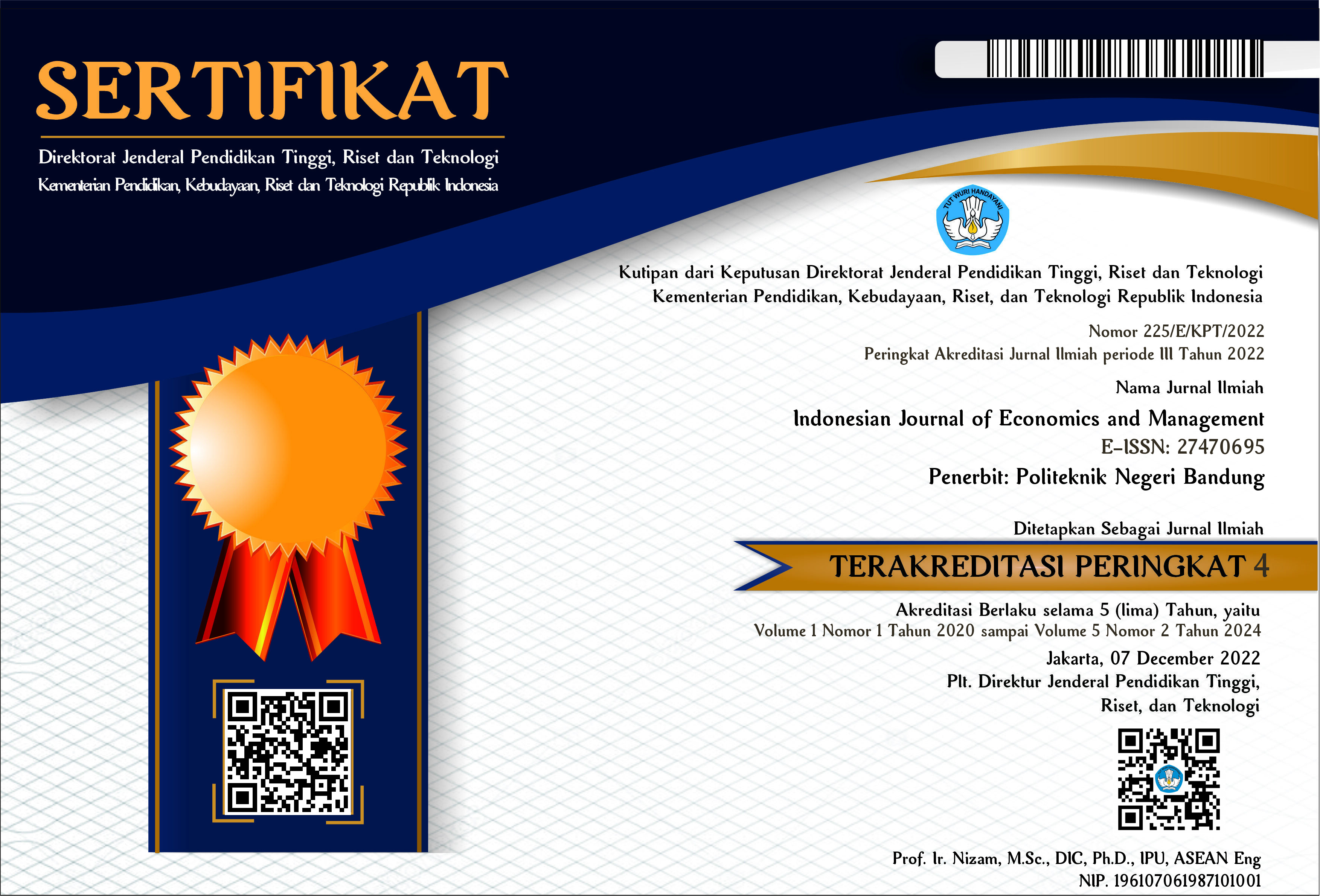The Effectiveness of Using Instagram Social Media on Increasing Harapan Island Tourist Visits Thousand Islands
Abstract
Social media has a major influence on the tourism sector, this is because the tourism sector is considered a profitable sector and has great potential to be developed as an asset that is used as a source of income for an area. Harapan Island is one of the tourist attractions that visitors are interested in, therefore social media is needed to become a marketing medium. This study aims to determine the effectiveness of using Instagrsm social media to increase tourist visit to Harapan Island, the Thousand Islands. The population in this study are the owners of Harapan Island travel tours. The research sample was taken using the total sampling method. A total sample of 54 owners of Harapan Island travel tours was obtained. The research methodology in this study used an experimental method with a quantitative approach. The data analysis technique used is simple linear regression using JASP (Jaffrey’s Amazing Statistics Program) software. The result of this study indicate that Harapan Island tourism is influenced by Instagram social media and can explain the variation in the Harapan Island tourism variable by 51.4%. The magnitude of the ciefficient of determination (R2) is 0.0265 or 26.5%. Meaning that the variation of Harapan Island tourism variable is 26.5%. While the rest influenced by other variable that are not include in this research’s simple linear regression equation.



